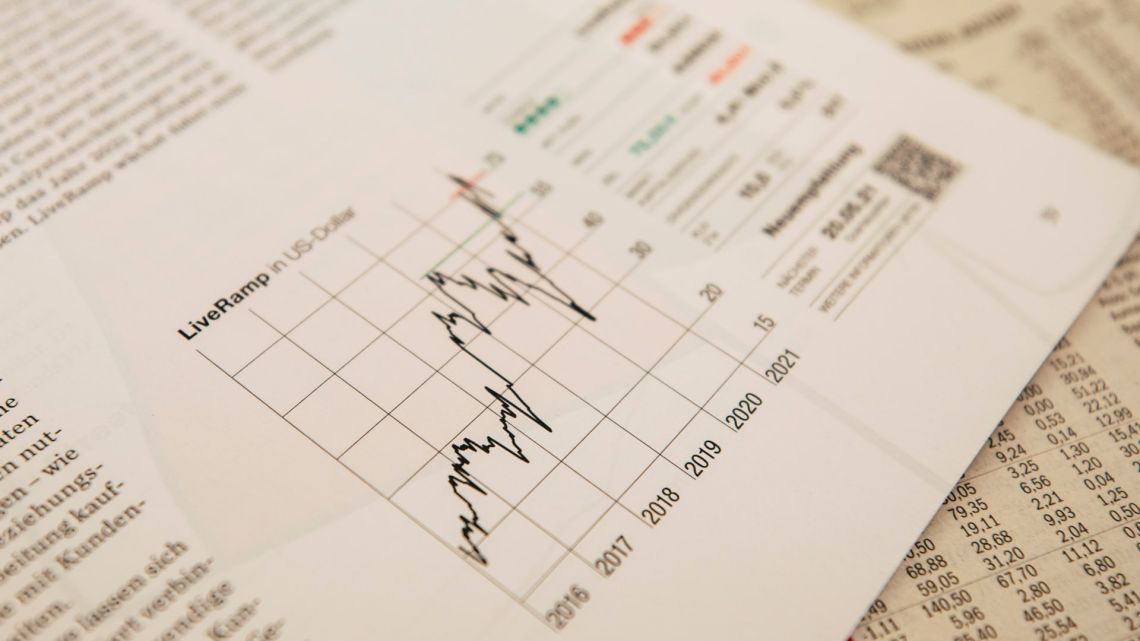
The current year has been extremely successful for stocks, with the S&P 500 gaining 24%. This remarkable growth can be attributed to various factors. The surge in Big Tech companies is driven by advancements in artificial intelligence, resulting in enhanced products and services. As a result, analysts are more optimistic about the potential profit growth of these companies. Additionally, the decline in inflation has raised hopes for rate cuts, leading to lower yields on long-dated Treasury debt. Simultaneously, the economy continues to thrive.
While these favorable circumstances may persist, it is uncertain whether they will significantly impact stock market performance. Historical data indicates that consecutive gains of more than 20% in the S&P 500 are relatively rare. Although there have been 26 years with at least a 20% rally, only nine of those periods have been followed by another such performance.
Notably, one of these instances occurred in 1982 and 1983. During this period, falling interest rates coincided with an expanding economy in the subsequent year.
Similarly, the current market expectation revolves around an anticipated interest rate cut by the Federal Reserve, consequently supporting continued economic growth.
In an ideal scenario, where the gross domestic product (GDP) grows at a low single-digit rate for the next two years, it is reasonable to expect S&P 500 companies to achieve a similar level of aggregate sales growth. With declining inflation alleviating cost pressures, companies may also leverage this environment to improve profit margins. Moreover, assuming ongoing stock buybacks, there is potential for double-digit earnings per share growth each year.
In conclusion, while another substantial gain of 24% in the S&P 500 may not be expected in 2024, it is not entirely out of the question. The current favorable conditions, coupled with potential future developments, may likely contribute to varying levels of stock market growth.
Potential Market Growth
By the end of 2024, there are indications that the market could see a significant rise in aggregate EPS for the index, reaching $274 by the end of 2025 compared to the current value of $218.
Factors Influencing Market Growth
This surge in the market could result in a potential 20% increase in the S&P 500 from its current level of 4766 to 5719. However, a condition for this growth is investors' willingness to pay 20.8 times the expected 2025 EPS, up from the current forward multiple of just over 19 times. While it may seem ambitious, a scenario like this could materialize if interest rates decline slightly as predicted. Lower interest rates tend to enhance the present value of future profits, thereby boosting market performance.
Lessons from the Internet Boom
Drawing lessons from history, the internet boom experienced in the late 1990s, which exhibited an optimistic outlook similar to today's AI enthusiasm, suggests the possibility of another 20% or more gain next year. From 1995 to 1999, the S&P 500 consistently achieved annual gains exceeding 20%.
Implications for the Tech Sector
However, the current forecast indicates that while the tech sector is projected to witness a 16% EPS growth in 2025, other sectors are expected to grow at a slower pace. Therefore, for the market index to surge by 20% in 2024, either valuations would need to experience a significant leap or profits from the tech sector and other industries must exceed expectations.
In summary, some experts argue that we may be witnessing a situation reminiscent of the narratives from the 1980s and late 1990s. As Nicholas Colas, founder of DataTrek, points out, achieving another 20% increase in the S&P 500 is certainly possible, but it would require a series of favorable outcomes.













Write Your Comment